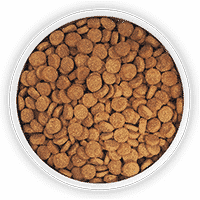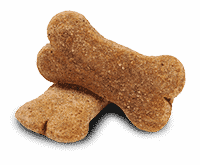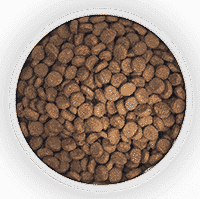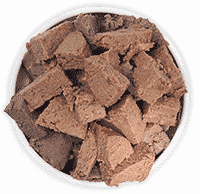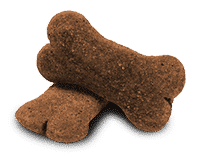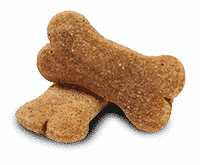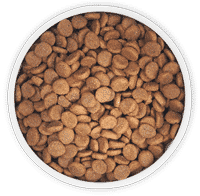Do you have a dog who always seems to be itchy, no matter what you do? There is a good chance that your pup has food sensitivity or allergies. In order to determine what your dog is allergic to, you need to find out what food ingredient that is causing the reaction.
Symptoms of food allergies differ in each dog, but the most common symptom for dogs are itchy bodies (paws, skin, ears) and puffiness/redness in the eyes. However, in more severe cases, some pups might experience digestion problems—causing them to vomit, having diarrhea, and upsets stomachs.
This week for Friday’s Q&A with Dr. Quest, we get to explore common food allergies and sensitivities.
What are the common food allergies that dogs have?
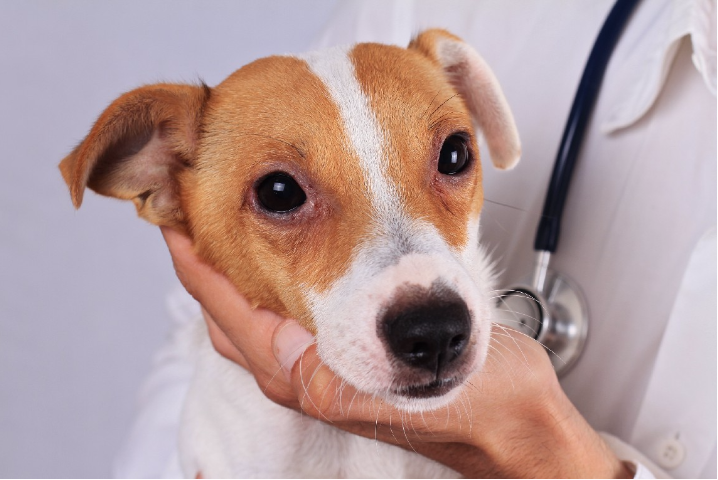
Food allergies in dogs are not common. It is estimated by Veterinarians that only about 1-2% of dogs have food allergies or intolerances. Food allergies can differ from food intolerances in that food allergies involve a complex reaction in the dog’s immune system that usually reacts to a specific protein(s). Food intolerances do not necessarily involve the immune system. But both problems can cause a dog to exhibit similar symptoms.
Even though food allergies are not common in dogs overall, the most common ingredients that can cause allergies in dogs are beef, dairy, chicken, wheat, soy, corn and egg.
Is there a test for dogs to show what food allergies they have?
The gold standard for diagnosing food allergies in dogs is by doing an elimination diet. This is done by first eliminating other causes of allergies in dogs such as fleas, primary bacterial/fungal infections and environmental allergens such as dust mites, molds and pollens.
Once those causes are eliminated and the dog still exhibits signs of food allergies then an elimination diet may be performed. This is done by taking a good diet history to know what kinds of proteins the dog has been eating. Then the dog is put on a diet made up of only ingredients (proteins) that he/she has not eaten. This should last for a period of about 8 weeks. If the dogs shows signs that the allergic symptoms are improving during this period then proteins are introduced back into the dog’s diet individually and the dog is monitored for symptoms of food allergies as each protein is reintroduced.
There are some blood tests on the market that are advertised as being appropriate to diagnose food allergies. Most Veterinary experts rely on eliminations diets however to accurately diagnose food allergies.
What are some signs of a dog with food allergies?

One of the most common symptoms of food allergies are itching/skin problems with ears, feet and inner thighs being most common areas that dogs scratch. Some other signs can be respiratory symptoms such as sneezing, eye and nasal discharge as well as gastro-intestinal problems. It is important to remember that all of these symptoms can also be seen with other health problems so it is important to give your Veterinarian a good medical history to allow he or she to make an informed diagnostic plan.
What is the best thing to do once you find out what your dog is allergic to?
The best treatment for any type of allergy including food allergies is to try to avoid what is causing your dog to have the problems they are exhibiting. In the case of food allergies this would be working with your Veterinarian to identify what exactly your dog may be allergic to and to adjust your dog’s diet accordingly so as to avoid ingredients or diets that may cause a problem with your pet.
